It’s no secret that building a custom home is an expensive endeavor. According to HomeAdvisor, the average total cost to build a custom home in the United States is over $300,000. However, with the introduction of new technologies and construction methods, it is now possible to lower these costs without sacrificing quality. Are you wondering how? Here are some innovative technologies that can help lower construction costs when building a home.
Building Information Modeling (BIM)
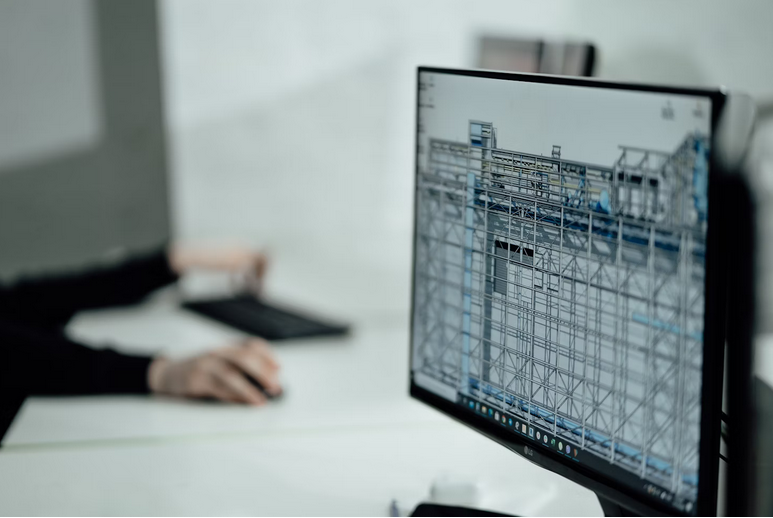
Building Information Modeling (BIM) is a game-changer in the construction industry, allowing for the creation of detailed 3D models that encompass every single aspect of a building project. From design, rendering, and planning to construction and maintenance, BIM enables stakeholders to collaborate seamlessly and anticipate potential issues before they arise.
By visualizing the entire project virtually, builders can identify conflicts early on, leading to fewer change orders and cost overruns during construction. This innovative technology streamlines communication among team members, resulting in improved coordination and efficiency throughout the building process.
3D Printing
At www.bauen.com, we’ve learned that 3D printing is definitely at the forefront in cutting down the costs. But how? This cutting-edge technology allows builders to create complex and customized components with precision and efficiency. Imagine being able to fabricate intricate architectural designs or structural elements with just a few clicks of a button.
3D printing not only accelerates the construction process but also reduces material waste, making it a sustainable option for environmentally conscious homeowners. Moreover, by utilizing 3D printing in home construction, builders can significantly lower costs associated with labor and production time. This means that homeowners can potentially save money while still achieving their dream home design.
Prefabrication and Modular Construction

These trends aren’t just gimmicks. These innovative methods truly allow for faster assembly on-site, minimizing labor expenses and potential delays due to weather conditions. Additionally, the precision of prefabricated elements ensures higher quality standards compared to traditional construction techniques. Modular construction offers flexibility in design, allowing homeowners to customize their living spaces according to specific preferences. The ability to scale production easily makes it an attractive option for large-scale projects while maintaining cost-effectiveness.
Project Management Software
When building a home, keeping track of the progress and all the moving parts is essential. Usually, the manual or traditional method requires a lot of time and energy. If not, in many cases, there will be inaccuracy and miscalculation, leading to higher costs. But let me tell you. Gone are the days of relying on manual spreadsheets or endless email chains. Project management software centralizes all project-related information in one place, making it easier for everyone involved to access important documents and stay organized. By utilizing this innovative technology, construction costs can be lowered by improving efficiency, reducing errors, and minimizing delays.
By incorporating innovative technologies like Building Information Modeling (BIM), prefabrication and modular construction, 3D printing, and project management software into the construction process, you can lower overall costs while improving efficiency and quality. These technologies allow for better planning, faster construction times, reduced waste, and improved collaboration among project stakeholders.…

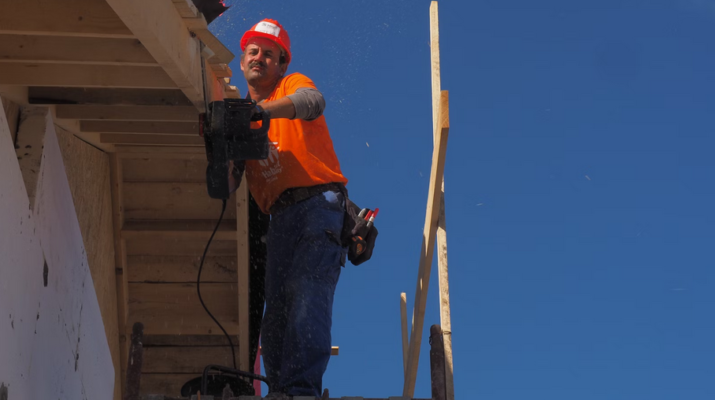




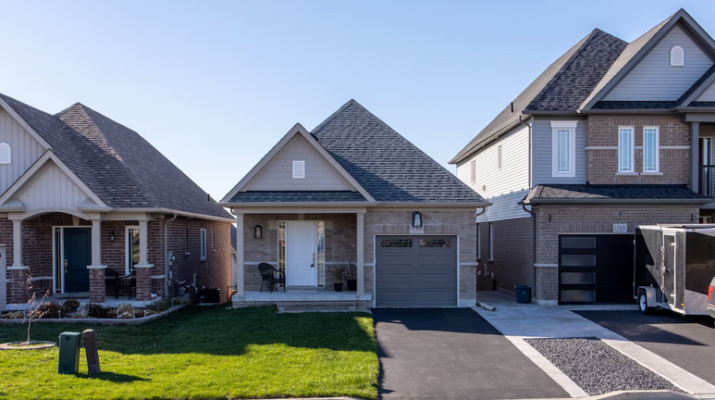
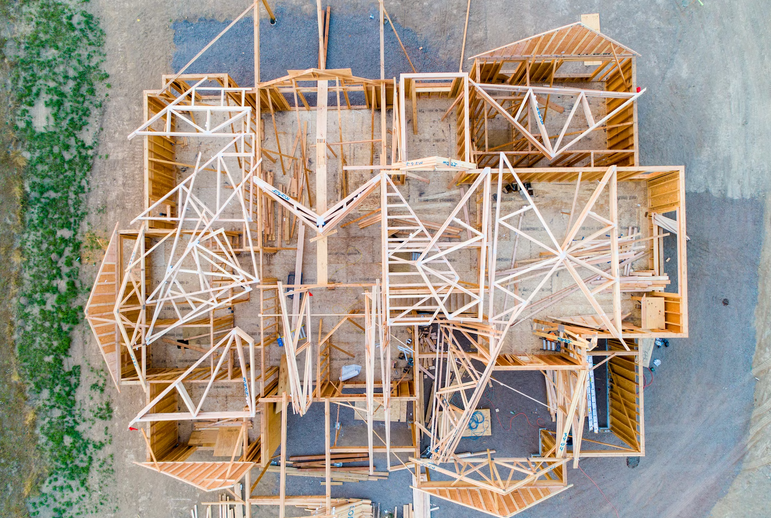
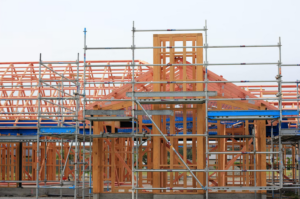 While prefab homes are celebrated for their speed of construction, transportation costs can add a significant financial burden. Prefabricated components need to be transported from the manufacturing facility to the construction site, often over long distances. Rising fuel prices and logistical challenges in coordinating deliveries contribute to increased transportation costs, impacting the overall affordability of prefab homes. Moreover, site preparation costs can be overlooked when considering the total expense of a prefab home. Ensuring the foundation is properly laid and meets local building codes is crucial. Depending on the site conditions, additional work may be required, leading to unforeseen expenses that add to the overall cost of the prefab home.
While prefab homes are celebrated for their speed of construction, transportation costs can add a significant financial burden. Prefabricated components need to be transported from the manufacturing facility to the construction site, often over long distances. Rising fuel prices and logistical challenges in coordinating deliveries contribute to increased transportation costs, impacting the overall affordability of prefab homes. Moreover, site preparation costs can be overlooked when considering the total expense of a prefab home. Ensuring the foundation is properly laid and meets local building codes is crucial. Depending on the site conditions, additional work may be required, leading to unforeseen expenses that add to the overall cost of the prefab home.

 finally, once you have found the best deal, it’s time to get pre-approval letters from multiple lenders. It will help you shop around for the best offers and negotiate with sellers in a competitive market. Numerous pre-approval letters will increase your negotiating power regarding getting the lowest rate possible.
finally, once you have found the best deal, it’s time to get pre-approval letters from multiple lenders. It will help you shop around for the best offers and negotiate with sellers in a competitive market. Numerous pre-approval letters will increase your negotiating power regarding getting the lowest rate possible.

 While you can hire an
While you can hire an 
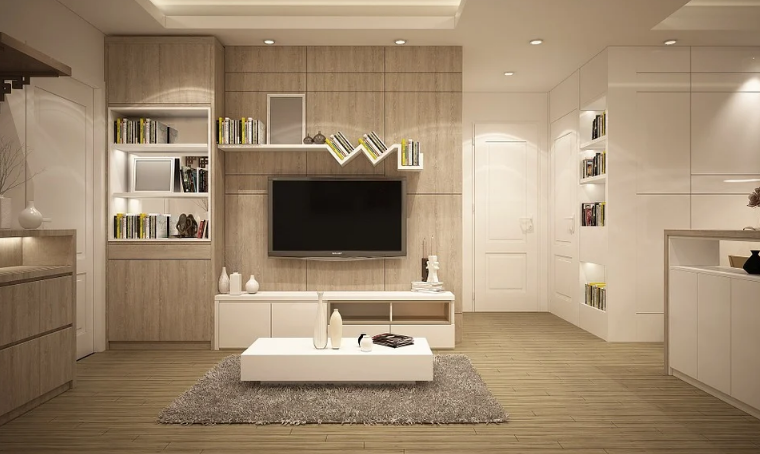



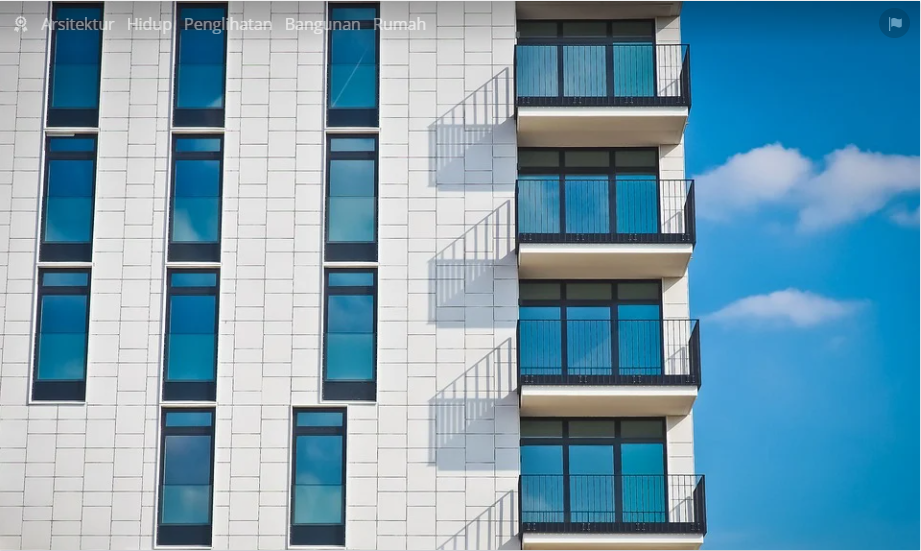
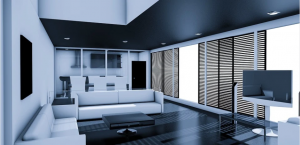 In recent decades the Asian real estate market has become increasingly transparent for international investors. This idea of opening up to the world market has rekindled the interest of foreign investors. While every Asian country has different market development characteristics, every Asian country offers an irresistible guarantee to any investor. That guarantee is a steady growth of the money supply, a considerable amount of land, and, of course, several opportunities and assets waiting to be captured.
In recent decades the Asian real estate market has become increasingly transparent for international investors. This idea of opening up to the world market has rekindled the interest of foreign investors. While every Asian country has different market development characteristics, every Asian country offers an irresistible guarantee to any investor. That guarantee is a steady growth of the money supply, a considerable amount of land, and, of course, several opportunities and assets waiting to be captured. Asia has over 3,879 million people living on 30% of the earth’s surface, or over 60% of the world’s population. Population growth means more living space, more commercial and business infrastructure, and greater overall comfort. Asian properties will not be shaken by the current American or European fiscal disaster. Why? Considering that regional investors have financed 90% of real estate in Asia, this is the main reason why the flow of capital is continually increasing from time to time.
Asia has over 3,879 million people living on 30% of the earth’s surface, or over 60% of the world’s population. Population growth means more living space, more commercial and business infrastructure, and greater overall comfort. Asian properties will not be shaken by the current American or European fiscal disaster. Why? Considering that regional investors have financed 90% of real estate in Asia, this is the main reason why the flow of capital is continually increasing from time to time.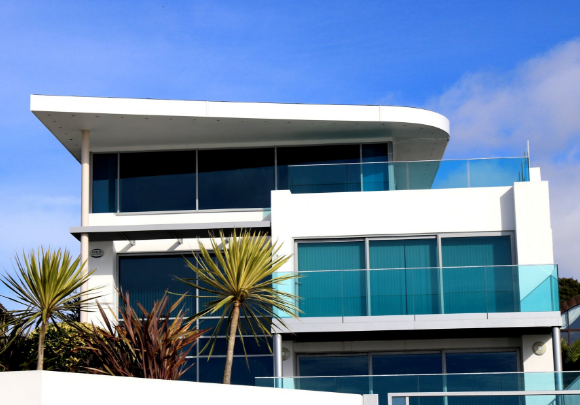
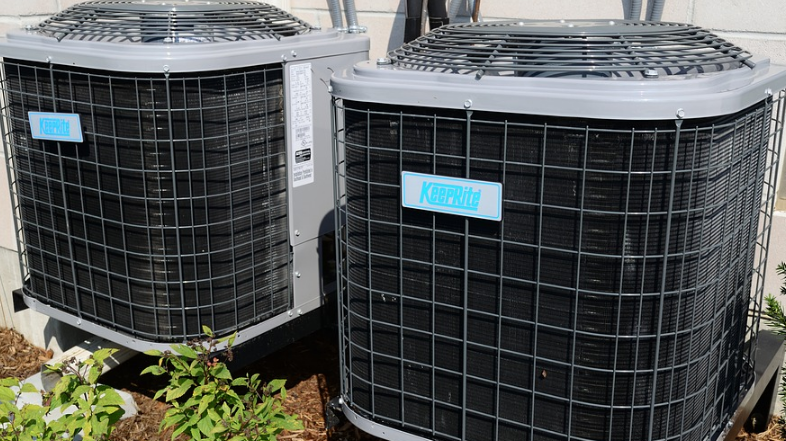
 Occasionally if your air conditioner stops functioning, it may be attributed to an issue in the electrical circuit. Start looking for the circuit breaker or fuse attached to the A/C unit. It is clearly labeled in your circuit box, and turn it in the appropriate position. If the unit turns on after you’ve flipped the breaker, then you have discovered the issue, and the matter is fixed. When it does not work, telephone professionals specializing in HVAC installation and repair.
Occasionally if your air conditioner stops functioning, it may be attributed to an issue in the electrical circuit. Start looking for the circuit breaker or fuse attached to the A/C unit. It is clearly labeled in your circuit box, and turn it in the appropriate position. If the unit turns on after you’ve flipped the breaker, then you have discovered the issue, and the matter is fixed. When it does not work, telephone professionals specializing in HVAC installation and repair. If your filter is dirty, it will prevent airflow in and out of the system. Your own A/C device’s filter should be cleaned at least once every 30 days unless the producer has taught differently. Whenever there’s a flow or when coolant is reduced, the air coming from your system might not be at the desired temperature.
If your filter is dirty, it will prevent airflow in and out of the system. Your own A/C device’s filter should be cleaned at least once every 30 days unless the producer has taught differently. Whenever there’s a flow or when coolant is reduced, the air coming from your system might not be at the desired temperature.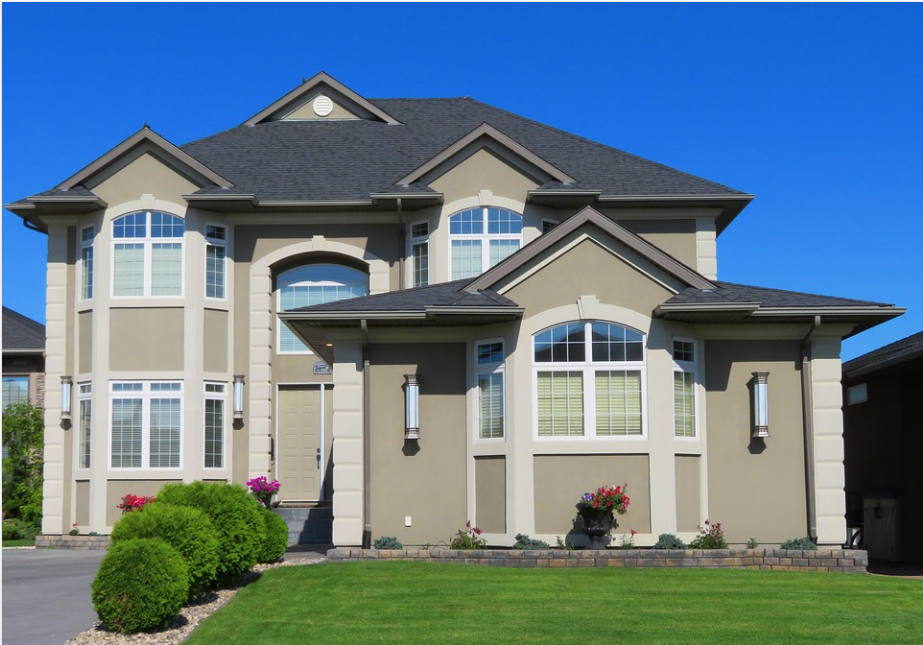
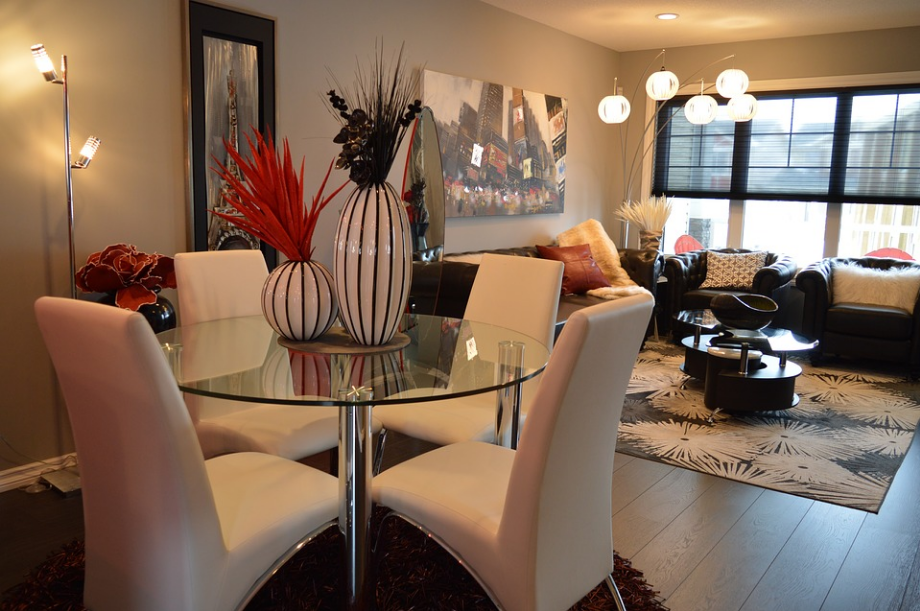
 A nice and knowledgeable realtor can assist you in procuring a speedy house sale. Selling any property calls for an understanding of the market, negotiating skills, and patience. That is why getting an excellent real estate agent is suggested. When choosing your realtor, try and discover their charges, expertise, and, obviously, their expertise levels.
A nice and knowledgeable realtor can assist you in procuring a speedy house sale. Selling any property calls for an understanding of the market, negotiating skills, and patience. That is why getting an excellent real estate agent is suggested. When choosing your realtor, try and discover their charges, expertise, and, obviously, their expertise levels.


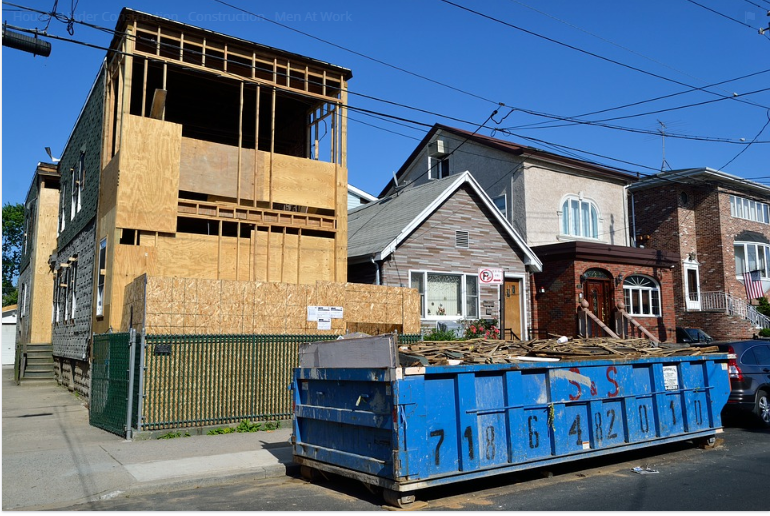

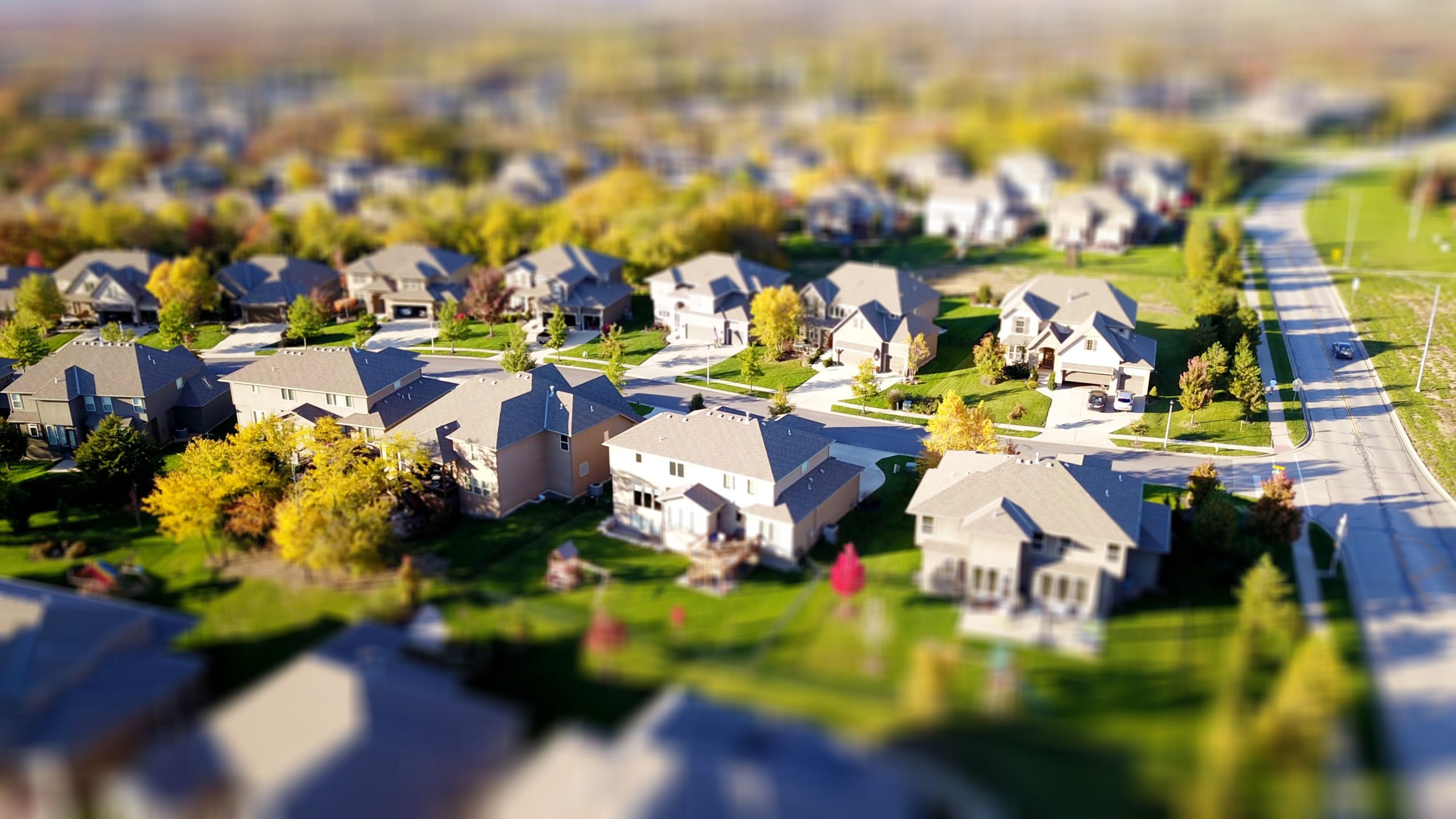 You may decide to buy a farm or industrial house, a vacation home, a house, or property. You can search by purpose, whether it is a university, theater, or hospital. There are some facts to keep in mind in the delivery of House in Charlotte, North Carolina.
You may decide to buy a farm or industrial house, a vacation home, a house, or property. You can search by purpose, whether it is a university, theater, or hospital. There are some facts to keep in mind in the delivery of House in Charlotte, North Carolina. You can find the most desirable property in North Carolina on the web. You will discover sites that specialize in selling homes for sale, an application, and columns with the main features (living space, bedroom, garage, minimum and maximum price).
You can find the most desirable property in North Carolina on the web. You will discover sites that specialize in selling homes for sale, an application, and columns with the main features (living space, bedroom, garage, minimum and maximum price).

 Brooklyn, Manhattan, and Queens are considered New York City’s private areas. These areas are considered the most attractive for individuals due to the growth already achieved and as a result of the rental markets, vibrant business, and public transportation.
Brooklyn, Manhattan, and Queens are considered New York City’s private areas. These areas are considered the most attractive for individuals due to the growth already achieved and as a result of the rental markets, vibrant business, and public transportation.